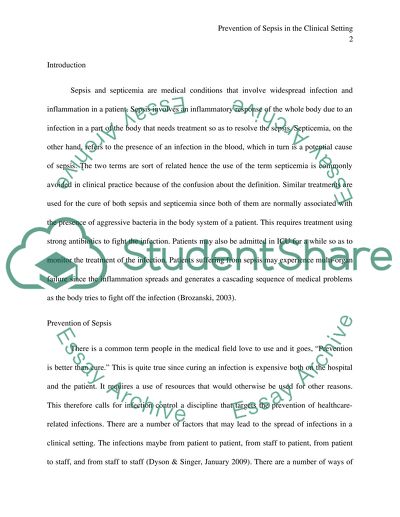Cite this document
(“Prevention of Sepsis in the Clinical Setting Research Paper”, n.d.)
Retrieved de https://studentshare.org/nursing/1444104-prevention-of-sepsis-in-the-clinical-setting
Retrieved de https://studentshare.org/nursing/1444104-prevention-of-sepsis-in-the-clinical-setting
(Prevention of Sepsis in the Clinical Setting Research Paper)
https://studentshare.org/nursing/1444104-prevention-of-sepsis-in-the-clinical-setting.
https://studentshare.org/nursing/1444104-prevention-of-sepsis-in-the-clinical-setting.
“Prevention of Sepsis in the Clinical Setting Research Paper”, n.d. https://studentshare.org/nursing/1444104-prevention-of-sepsis-in-the-clinical-setting.


